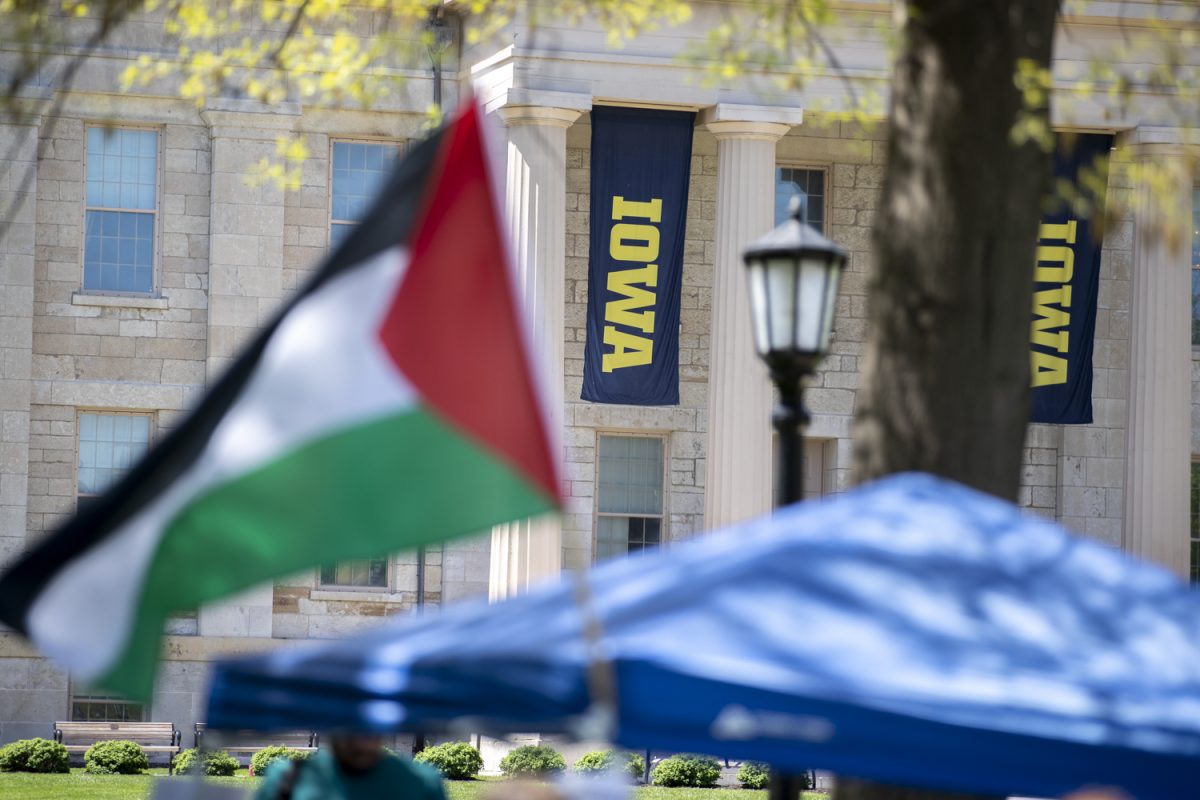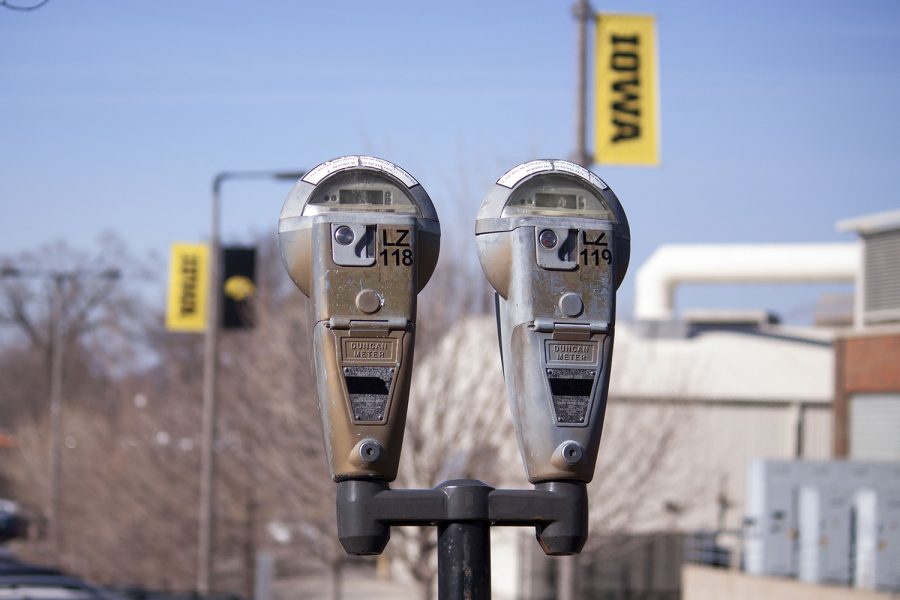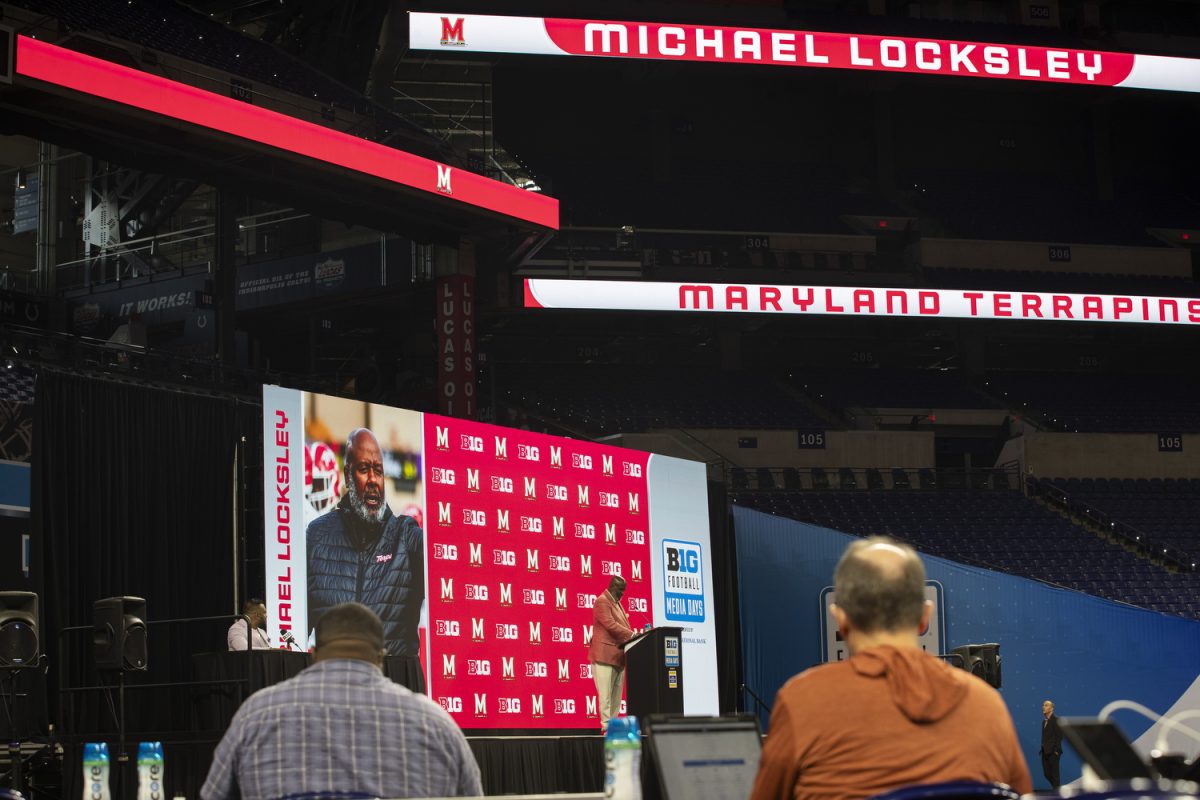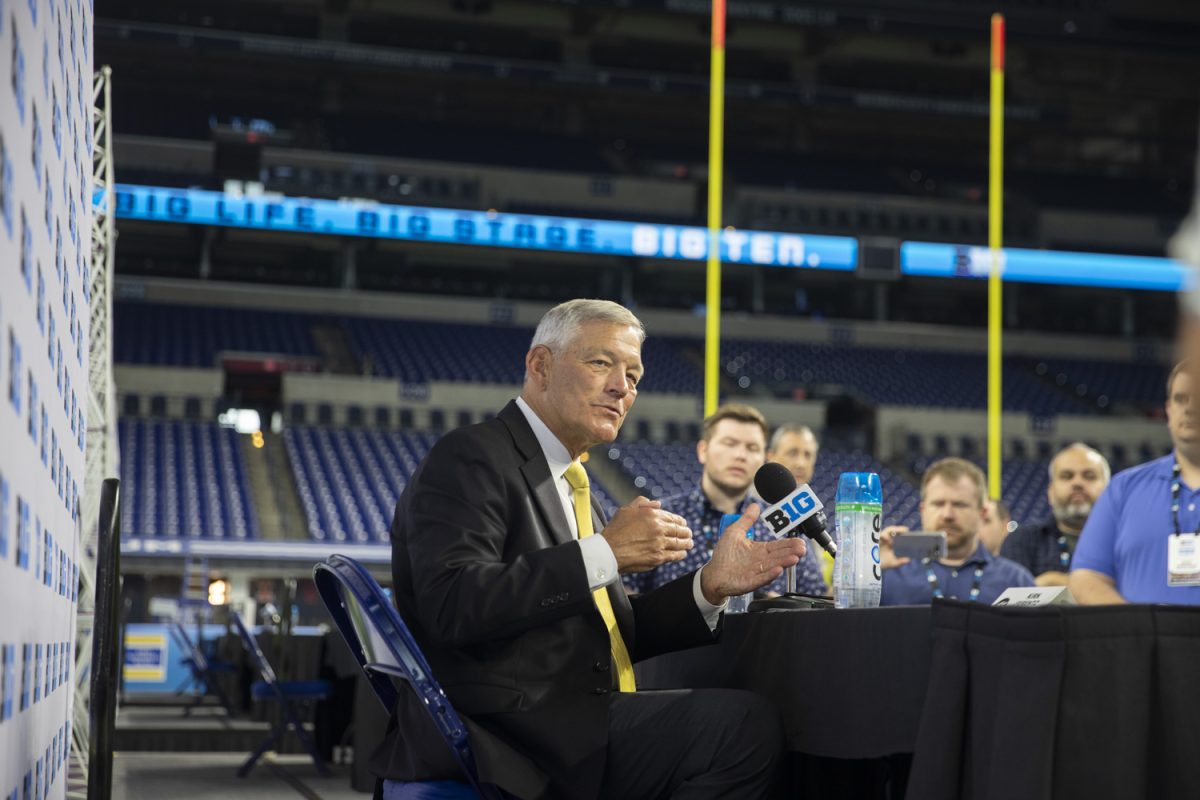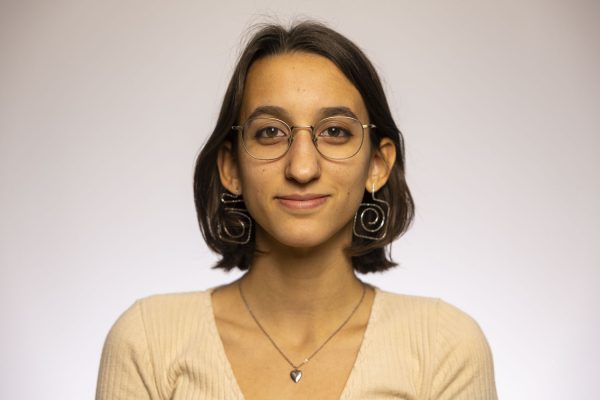At 2:01 p.m. Monday, thousands of University of Iowa students standing, sitting, or laying on the Pentacrest lawn looked up to see a phenomenon not seen in 20 years.
For the first time since 1979, a total solar eclipse darkened the skies over much of the U.S. Those in Iowa City could view a partial eclipse, drawing thousands of UI students and residents to two locations on campus.
A partial eclipse occurs when the moon passes in front of the sun and is viewed from an area outside the path of totality, which refers to the moon’s amount of coverage over the sun based on the angle at which the eclipse is viewed.
The viewing parties on the Pentacrest and courtyard outside the Sciences Library were hosted by the UI’s Department of Physics and Astronomy and Sciences Library. The departments hosted a similar event for the partial solar eclipse in 2017, which had a smaller path of totality.
The partial eclipse began around 12:46 p.m. and reached maximum totality at 2:01 p.m., ending at 3:16 p.m.
Dishan Das, a first-year graduate student, viewed the event from the Sciences Library courtyard.
“I remember when I was a child in my country in India, I saw the eclipse. I think these glasses are so cool. I can see the Sun more clearly,” Das said.
Also viewing from the Sciences Library courtyard was fourth-year student Joel Castillo, who had never seen an eclipse before today’s event.
“It’s kind of a once-in-a-lifetime opportunity. A fourth-year, kind of a cool story to tell that I saw the eclipse. It’s my last semester at Iowa so, it’s like why not,” Castillo said.
Castillo said he appreciated the university’s support for students going to see the event and providing free 2,000 pairs of solar eclipse glasses. Members of the physics and astronomy department also brought telescopes with solar-viewing lenses, including a model that is accessible for people who have disabilities at the event.
Caroline Roberts, astronomy expert and manager of the UI’s Van Allen Observatory, previously told The Daily Iowan that the sun would be 90 percent blocked by the moon.
“It’s pretty rare for any one location to have a total, or even a partial, solar eclipse,” Roberts said.
Jonah Schwartz, a first-year student, observed the eclipse from the Pentacrest alongside some of his classmates, who were all excited to be there.
“Everyone says that this event is a ‘once-in-a-lifetime,’ so it was actually exciting to see that everyone is actually out here, enjoying the eclipse,” Schwartz said.
Schwartz also said he was happy to learn his professor had canceled class for the students to go out and watch the eclipse, something that was not mandated for every student today.
UI first-year students Caleb Gardner and Chas Rundle said their professor canceled class to let students enjoy the watch party.
Abigail Rosano, a UI first-year student, said she was happy knowing she got to experience both the partial 2017 solar eclipse with her middle school class and now the 2024 solar eclipse in her first year at the university.
“I remember my middle school had an event similar to this, obviously on a smaller scale but it was very similar, and so I got to watch that one with my friends, similar to this now,” Rosano said.
Elizabeth Childers, a UI first-year student, said she saw the 2017 partial eclipse when she was in seventh grade. She said she wanted to witness the eclipse this time around fully knowing the context behind it.
“I knew the eclipse was a big deal in 2017. I don’t really remember it, I wasn’t really conscious then. I wanted to see the eclipse at a time I would remember,” said Childers.
Childers said the event was “lovely” because it was a significant moment of community in Iowa City. She observed many students and non-students together to see the event.
The event was popular among students as both the Pentacrest and the Sciences Library courtyard ran out of the special glasses for students before the clips had reached totality.
Another UI first-year student, Lily Rennick, said she got her glasses at the Iowa City Public Library because the UI’s event ran out.
The next partial eclipse will be visible from Iowa City in 2029, but the next total eclipse visible over the continental U.S., like today’s event, will not happen again until 2044.
Emma Jane contributed to this report.






